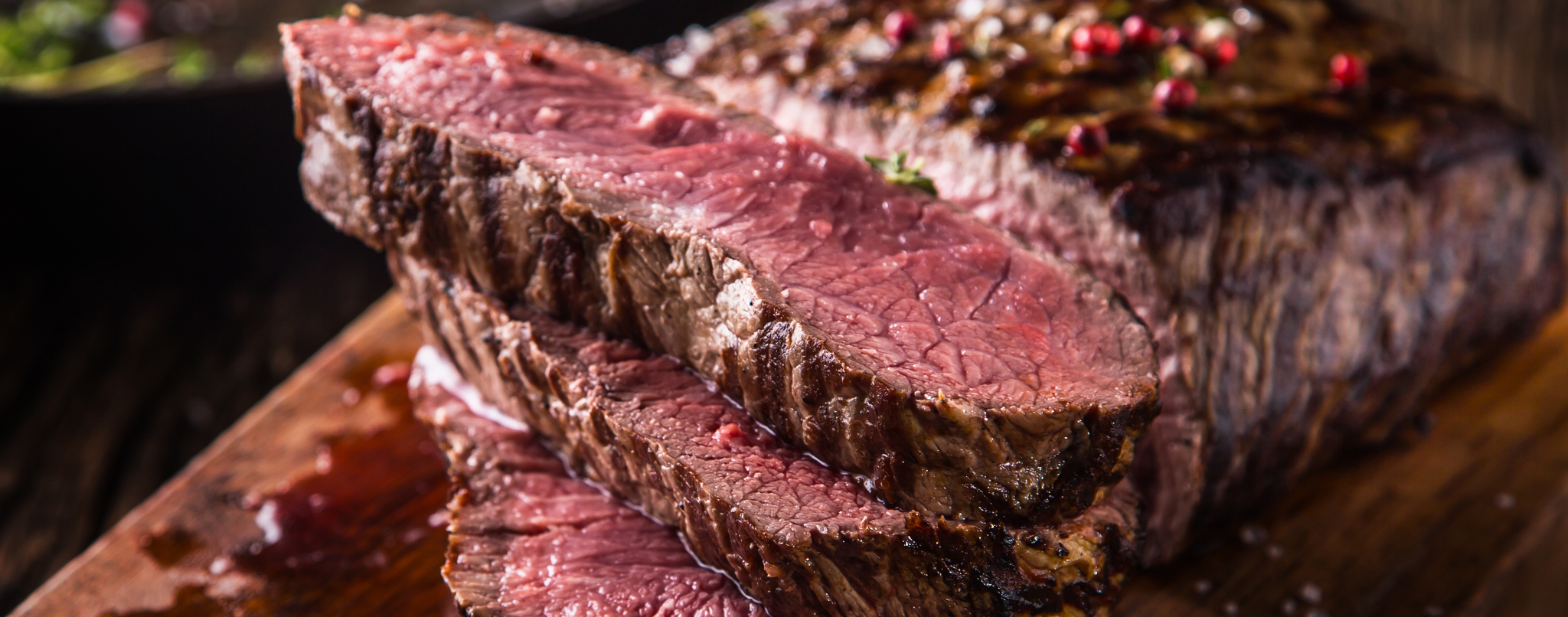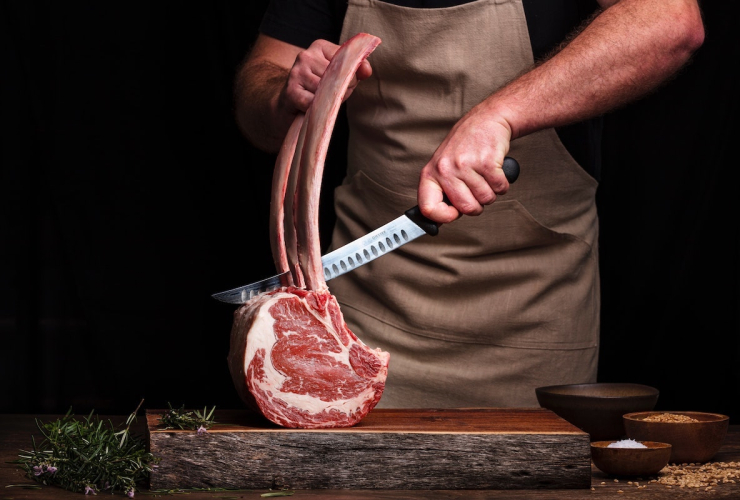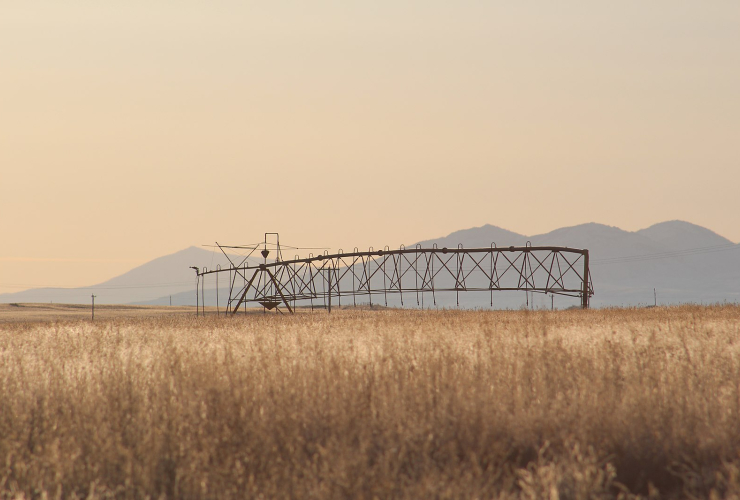On April 26, one of the world’s most successful food and recipe sites, Epicurious, posted an article by its editors entitled “The Planet on the Plate: Why Epicurious Left Beef Behind” stating it would no longer post any new recipes for beef but would still keep existing beef recipes online. The site, which has millions of visitors each month, its own iOS app and a YouTube channel with more than three million subscribers, said: "This shift is solely about sustainability, about not giving airtime to one of the world’s worst climate offenders.”
Later that day, a followup piece was posted, one that goes deeper into detail about this stance. "Every Question You Have About Cattle, Climate, and Why Epicurious Is Done With Beef” explains that beef, over any other animal product, contributes to climate change in multiple ways: everything from the feed to how that animal’s flatulence and manure releases methane into the atmosphere. It also noted that dairy cows, although just as bad for the environment, produce much more food over the course of their lifetimes, making them the lesser of two evils.
Epicurious is owned by the globally successful Condé Nast, the multimedia conglomerate that also owns Vogue, GQ, The New Yorker and Bon Appétit. Since 2014, Bon Appétit has managed Epicurious and shares with it the same executive editorial team: the same editor-in-chief, executive editor and test kitchen director. Epicurious also hosts Bon Appétit’s online recipe archives, so to say they are intertwined is an understatement.
As a TV chef, food journalist, recipe developer and former cooking columnist myself, I can tell you first-hand that where there is paid food advertisement, there is major money to be made. I can also tell you that proclamations you won’t use certain ingredients or products can back you into a penniless corner, so you need to be careful.
But careful Condé Nast was. I have never seen a paid ad in its food space (in Bon Appétit or on the Epicurious site) for beef. And since the April 26 announcement, I have gone through my robust collection of the magazine Bon Appétit, which goes back well over a decade, searching for one. No luck. Advertisements for sexy cheeses, though? Oh yes, there are plenty. Especially as of late, dairy dominates the paid pages of Condé Nast’s food space.
Speaking for myself, I know about walking that fine line between trying to show I’m doing the right thing while not shooting myself in the foot. In the past, I wrote dozens of recipes for newspapers and magazines featuring everything from maple candied bacon to pan-fried, panko-coated lamb chops. I even demonstrated to a national television audience the perfect date-night meal: a bone-in ribeye for two, cooked to medium rare and finished with heaps of hot, melted butter. Each and every time I could, I’d throw in a cute, “If you can, try to get your hands on meat products that are Certified Humane.”
But if animal welfare really was my priority at the time, I wouldn’t have developed those recipes in the first place. Because the real issue isn’t whether a company paid extra to have a Certified Humane label on its packaging, it’s with the often abusive and exploitative animal agriculture industry as a whole, which is why I no longer support it.
I can’t help but think, if Epicurious is taking sustainability and environmental impact seriously, wouldn’t it be a better pledge to exclude the use of cow products altogether? Milk? Cheese? Butter? Because the dairy industry, at its core, provides cows, cattle and calves for the beef industry: female dairy cows are repeatedly impregnated so that they remain lactating. Their female calves are used to replace retired dairy cows, and the males are offloaded for meat (veal or beef). Some male calves may be kept around for breeding, but eventually they, along with the retired dairy cows, will make their way to slaughter for consumption, too.
There’s also a big market for retired dairy cow beef, as it’s an inexpensive way to provide ground meat for the fast food chains. So, whether it’s cheap and chewy ground round or the tender flesh of calves, all the animals produced by the dairy industry eventually become beef.
Does omitting the ultimate end product of the dairy industry count for anything other than virtue signalling (Conde Nast has had a very bad year PR-wise), or could this behemoth of a food brand actually commit and take this one step further by eliminating the use of both beef and dairy? If environmental impact is its main focus, then the answer is yes, because beef and dairy are one and the same.
And unless you go to the root of the issue, which is the rearing of these animals for consumption in the first place, then your approach is superficial and no different than a flimsy bandage over a deep cut: it’s not going to do a thing. Maybe a more transparent approach would be reducing the use of both beef and dairy. But by the looks of things, and considering where the ad money comes from, I don’t think that will happen any time soon.
I'd hate to be this writer's
I'd hate to be this writer's kid. "If you want to learn to walk, you have to take at least three steps. If you can't do that, don't even bother, you'll just embarrass yourself."
Talk about making the best the enemy of the good.
Apart from the ‘tough love’
Apart from the ‘tough love’ approach the author does ‘toss us a bone’ with the last line. It’s the first ‘R’ in the familiar 3R’s: Reduce
Climate change is a hot topic
Climate change is a hot topic for National Observer, as it should be. Yet rarely is the impact of animal agriculture on the planet talked about in the media. Excellent article.
People really need to realize
People really need to realize that blaming cows for climate change is barking up the wrong tree!






Comments